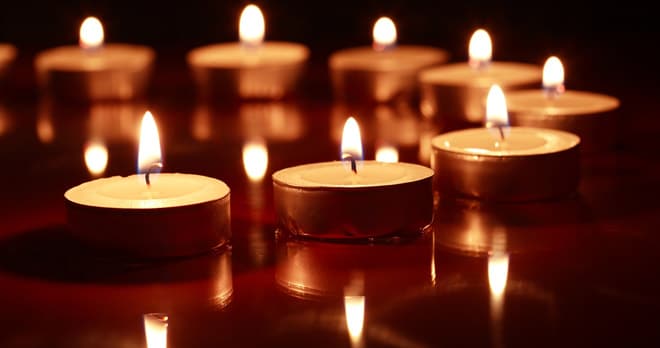Hillsborough inquest: Jury concludes that 96 victims were unlawfully killed

On 15 April 1989, the FA cup semi-final was due to take place between Liverpool and Nottingham Forest at the Hillsborough Stadium in Sheffield. Before kick-off a large crowd of Liverpool fans built up at the turnstiles for the North and West stands of the stadium. As the crowd grew an order was given to open one of the exit gates in order to disperse the crowd. However, as large numbers of fans entered the stadium many headed towards the terraces behind the goal, which were fenced in on all sides. Due to the surge of spectators entering the pens there was a severe crush. In total, 96 men, women and children died as a result of the crush.
Why has the inquest only just been held?
During the original inquest in 1991 the Coroner ruled that his inquiry should only investigate events before a cut off time of 3.15pm. This was a highly controversial decision and families of the deceased strongly disputed the ruling, which meant that the Coroner did not investigate the emergency response to the disaster.
The death certificates referred to ‘Accidental Death’, which was wholly unacceptable to the families and friends of those who died in the event, particularly as much evidence was deemed to have been falsified during the proceedings, or wrongly excluded from the hearing.
As a result, in 2009 the Government set up an independent panel to review documentation relating to the disaster and a report was eventually produced in 2012. Within a month of the report being published, the Attorney General applied for the original inquest to be quashed and in December 2012, following a campaign by families of the deceased, the High Court ordered that a fresh hearing ought to take place.
The inquest process
The new inquest began on 31 March 2014 with a jury of nine members of the public in situ for the duration. In total, over the two years of evidence, more than 500 witnesses have been called.
Once the entirety of the evidence had been heard, the jury retired to consider their conclusion. They were given 14 questions to answer to assist in deciding how the 96 deaths occurred. The nine jurors reached a unanimous decision on all but one of the 14 questions. Seven of the nine jurors agreed that the fans were unlawfully killed. Crucially for the families, the victims and other football fans present were exonerated and were deemed not to have contributed to their deaths through their behaviour.
The jury also concluded that police errors caused a dangerous situation at the turnstiles and that failures by commanding officers caused a crush on the terraces. Furthermore, the emergency response was delayed as the South Yorkshire Police and South Yorkshire Ambulance Service were slow to declare a major incident.
Long overdue justice
The conclusions represent a landmark for the bereaved families and survivors of Hillsborough who have battled for nearly three decades. Deborah Coles, Director of INQUEST charity, who supported the bereaved families, responded to the conclusion of the inquest as follows:
“Today, not a day too soon, the 96 victims of the Hillsborough tragedy have finally received justice…”
“This inquest, the longest in modern history, was a response to those investigative and judicial failures, and its outcome amounts to redress for a longstanding historical wrong. This was only possible because the bereaved families were able to play an effective part in the process and because they had access to public funding for specialist lawyers in order to recalibrate the inherent imbalance ordinary members of the public face when dealing with powerful state and corporate bodies. As a result, what we have seen is a powerful exposé of state and corporate failings on the part of those responsible for the safety of those in the stadium, in particular the 96 who died.”
Why is having an inquest important?
While it is rare for an inquest to involve as many people, or to carry so much significance to so many people, the Hillsborough inquest has been a pertinent reminder of the importance of the inquest process in ensuring thorough investigation to establish the circumstances in which a person, or as here a group of people, died, which is vitally important to their loved ones.
This inquest also highlights the necessity of public funding to allow bereaved individuals to obtain legal representation for an inquest in order to address the inequality of arms often seen when a member of the public faces a public authority or corporate entity in the process of a coronial inquiry.